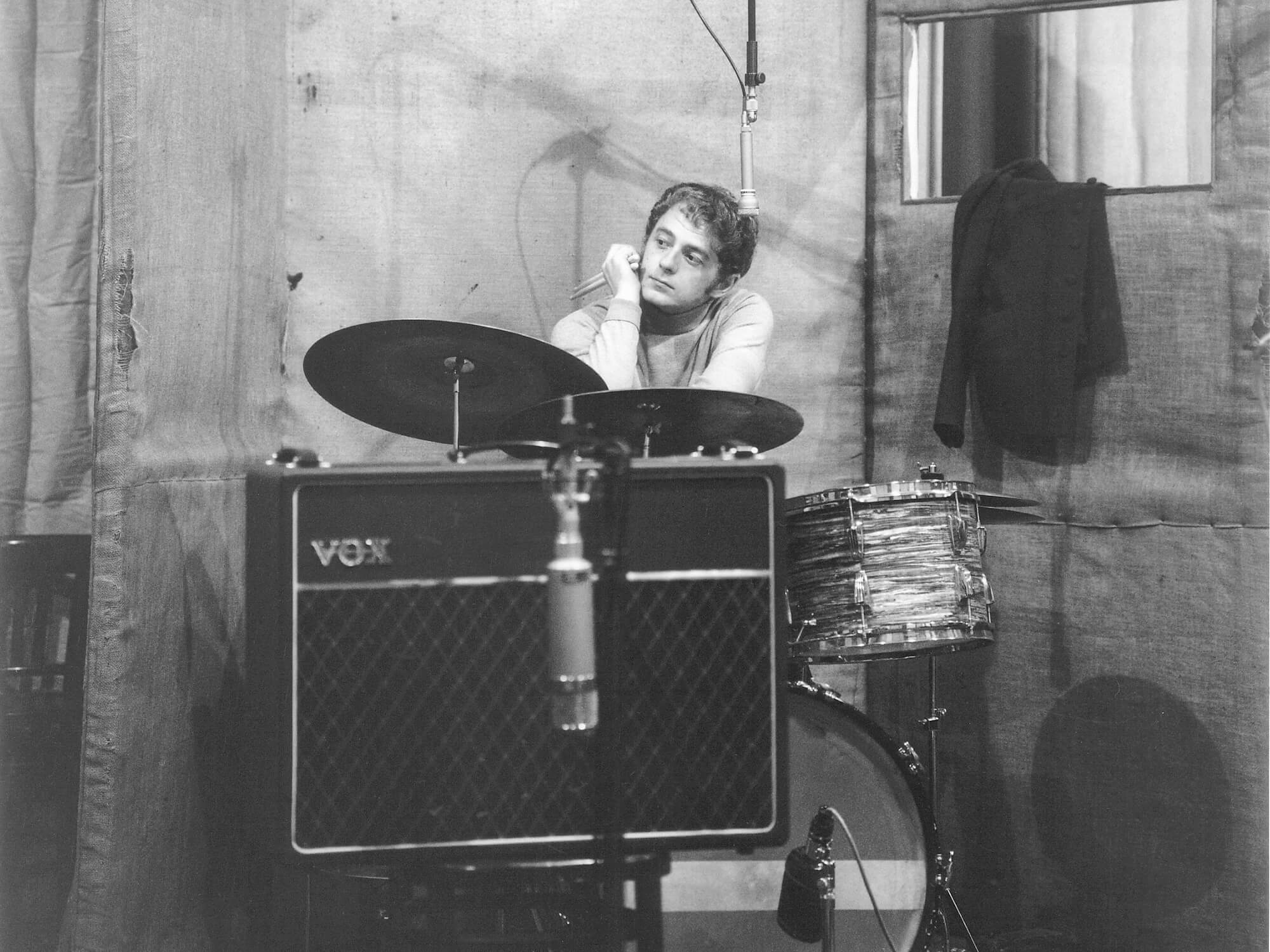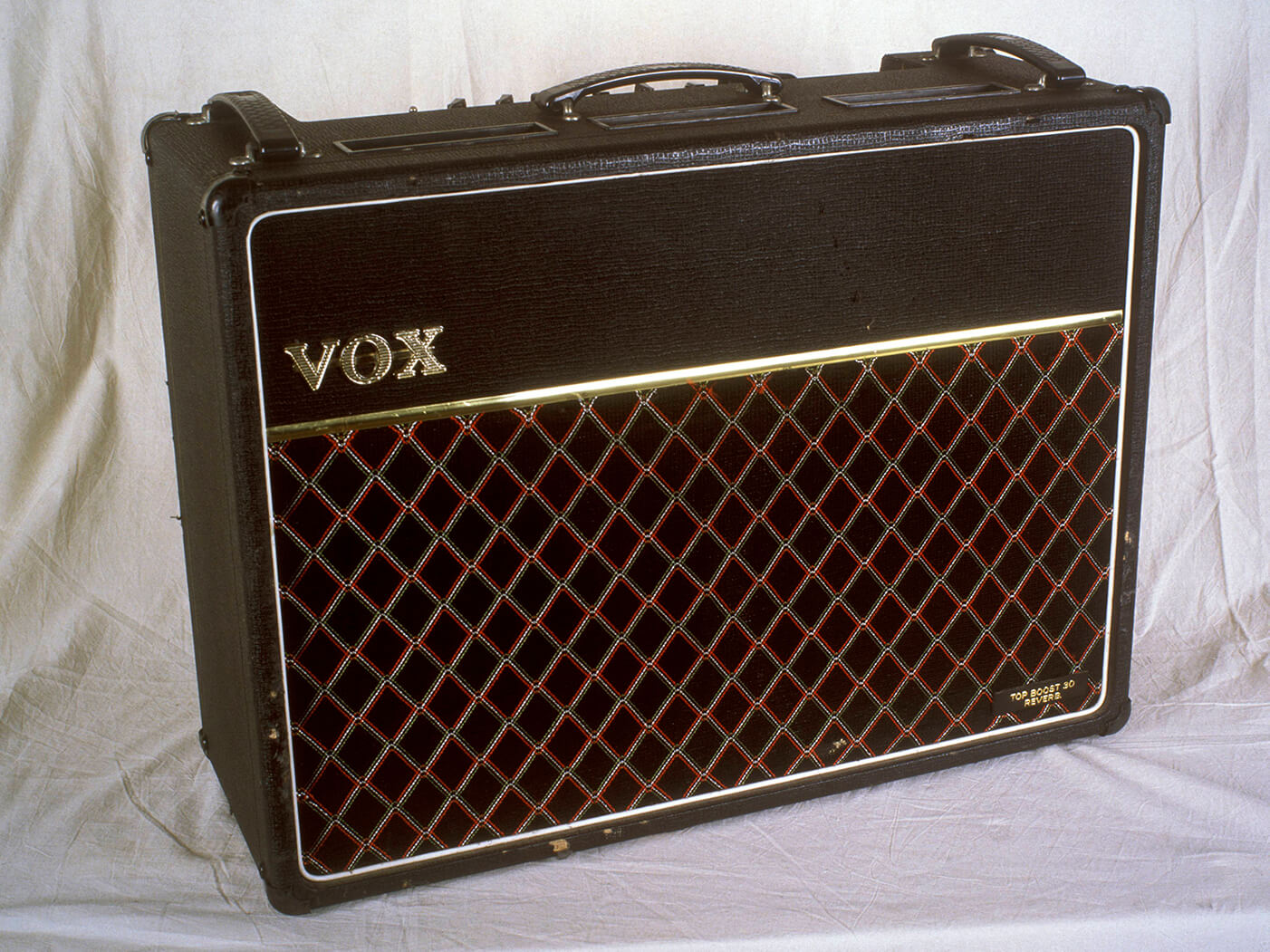Related Tags
Amp FAQ: What’s really the difference between British and American amp tones?
When it comes to British and American amp sounds, is it all about the output valves? Rift Amplification’s Chris Fantana explains it all.

Image: Jeremy Fletcher / Redferns
People talk about British tones and American tones but how much of this is down to the output valves and how much do other factors play a part?
– Graham, Ipswich
Hi, Graham. Unsurprisingly, I am frequently asked this very question by amateur amplifier builders who are trying to unlock the secrets of good tone and, crucially, how to apply that to their own projects.
It’s true, different output valves do have their own particular sound. It’s often handy to think of them as having an EQ profile in the same way that speakers do. For example, one valve type will be more mid-pushed, whereas another might have a stronger bottom end. When the valve manufacturers were designing their valves, they focused on power and efficiency rather than tone. It was the circuit designers that discovered how to make the most of the valves’ tonal characteristics.
A closer inspection
The EL84 valve is a nine-pin pentode introduced by Mullard in 1954. The data sheet says that a pair of EL84s in push-pull could achieve 17 watts at just 4 per cent THD (total harmonic distortion), perfect for low-output guitar amplification. The data sheet makes no mention of tone though – quite interesting, that.
Watkins used a pair of EL84 valves in its Dominator model – coincidentally rated at 17 watts – and Vox used them in its AC10, AC15 and AC30 models. The ultimate ‘British’ valve, then? Not quite.
In the same year, 1954, General Electric released an updated nine-pin version of their ever-popular 6AQ5, a seven-pin pentode found in TV sets and radios. This new iteration, dubbed the 6BQ5, is identical in almost every way to the EL84. In fact, in almost every application they are interchangeable. The only difference is the way that each manufacturer intended their use.
You’ll find the 6BQ5 in classic American amplifiers from Supro, Valco, and Harmony. Most of these amps wouldn’t be described as boasting a ‘British’ tone – yet they use the same output valves as those classically British amps. What gives?

While it’s tempting to associate American and British tones with particular output valves, there’s far more to the overall voicing than that alone. In any audio amplifier, most of the amplification, EQ and attenuation happens in the preamplifier. This is where your guitar signal is shaped by each stage: adding or removing harmonics, filtering frequencies, and moulding it, ready for the next stage. This is where most of the supposed American and British tones are sculpted.
The power amplifier, where the output valves sit, does have an effect on voicing but it’s not as huge as you might think. Both the preamp and speaker have more of an effect than the output valves do. Much like choosing the toppings for your pizza, the valves change the flavour and the character – but ultimately it’s still a pizza and not coq au vin.
A few years back, I put this to the test and built two identical 50-watt amplifiers, one with EL34s (British) and the other with 6L6s (American). The result? A noticeable difference, sure, and enough that it would be worth trying each before deciding on your preferred option. But in a world where we obsess over incremental improvements in tone, from pickups to strings to hardware, the output valve in your amp might well be irrelevant. Stick with what sounds good and inspires creativity, rather than going by what the marketing spiel says.
Visit riftamps.com to find out more.
